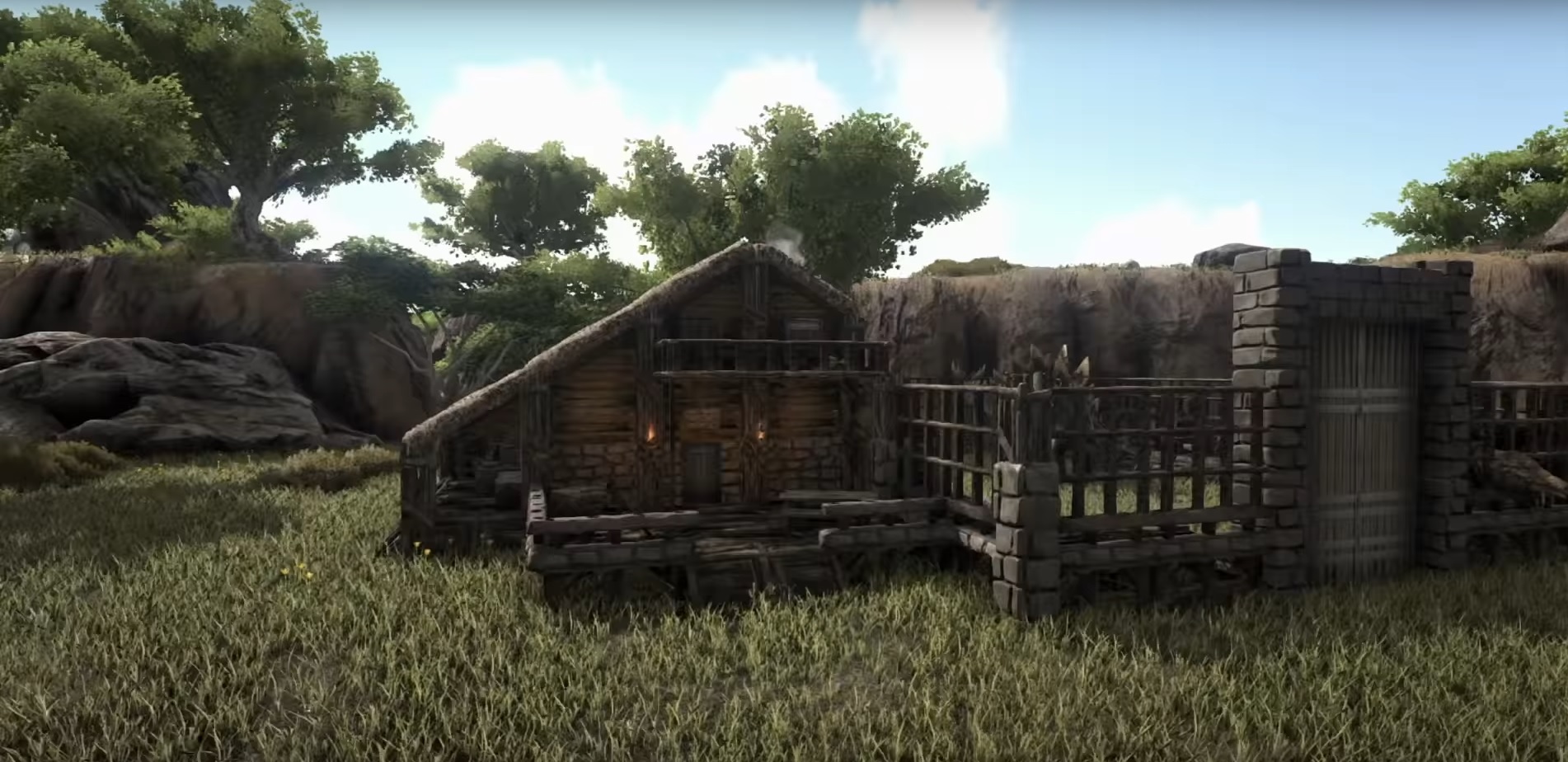Ark: Survival Evolved - Where to Get Raw Resources
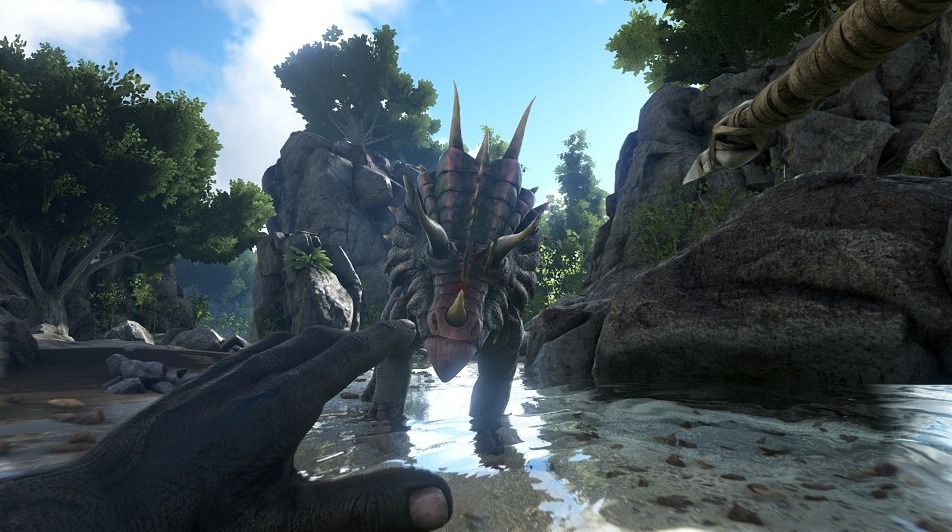
Survival in Ark: SE is all about finding the right resources and using them properly. At first, you’ll want to make a few tools and secure a source of food and water, but as you progress through the game, you’ll also need a place to live and some storage where you can stash your most precious belongings.
Soon enough, you might want to upgrade your base with better, more durable materials and, why not, build some defensive structures to protect yourself against raiders. For all of these things, you’ll need raw and processed resources. A lot of them.
To make gathering easier, we’ve compiled a list of the most important raw resources in Ark: SE and their locations. Take a look!
1. Thatch
Found in trees all over the island, thatch is best gathered using a pick. You can also pick it up by hand, but you might injure yourself in the process. In the long run, the best way to get large amounts of thatch is to use the Bronto dino.
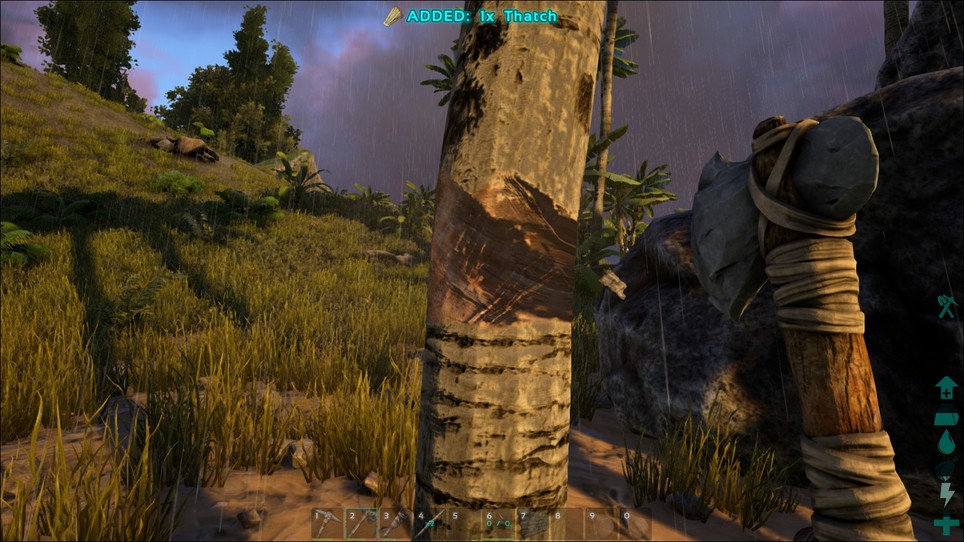
2. Wood
Also gathered from trees, wood is a resource you will use in enormous quantities throughout the game. It’s best gathered with a stone or metal hatchet or by using a Mammoth.
3. Stone
This resource appears either as small rocks that can be picked by hand or as large rocks that must be harvested using a pick (stone or metal) or a dino. The best dino for the job is, by far, the Doedicurus, although the Ankylosaurus is a good alternative.
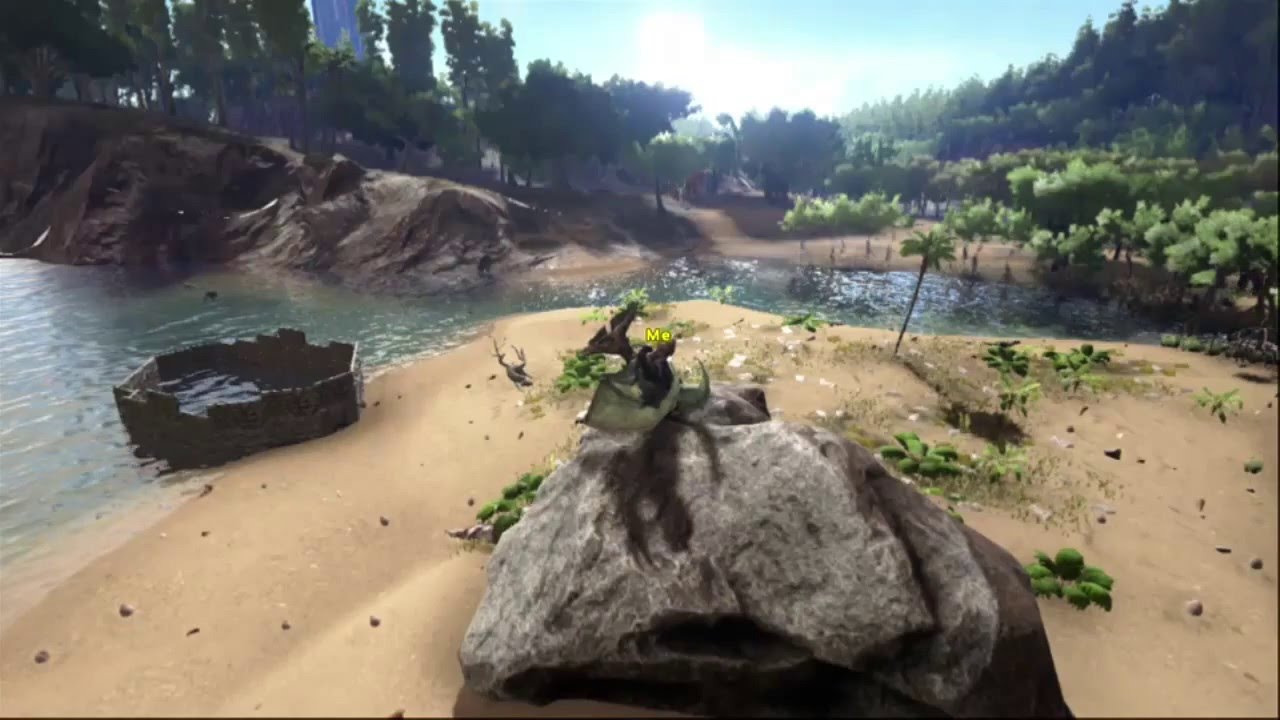
4. Flint
Also acquired from small and large rocks, flint can be harvested using a pick (stone or metal) or a dino. The Ankylo is a decent choice and can help you obtain large amounts of flint in a short time.
5. Sand
Although you’re technically surrounded by sand in this game, you can only gather small amounts with your hands from the ground. To get a decent quantity of sand, you have to harvest it from rocks using a pick or a dino.
6. Metal Ore
You can find small amounts of metal ore in all rocks, but to get it in large quantities, you want to harvest a special type of metal-rich rocks. These have a golden color to them and are most frequent on Herbivore island on the bottom-right corner of the map.
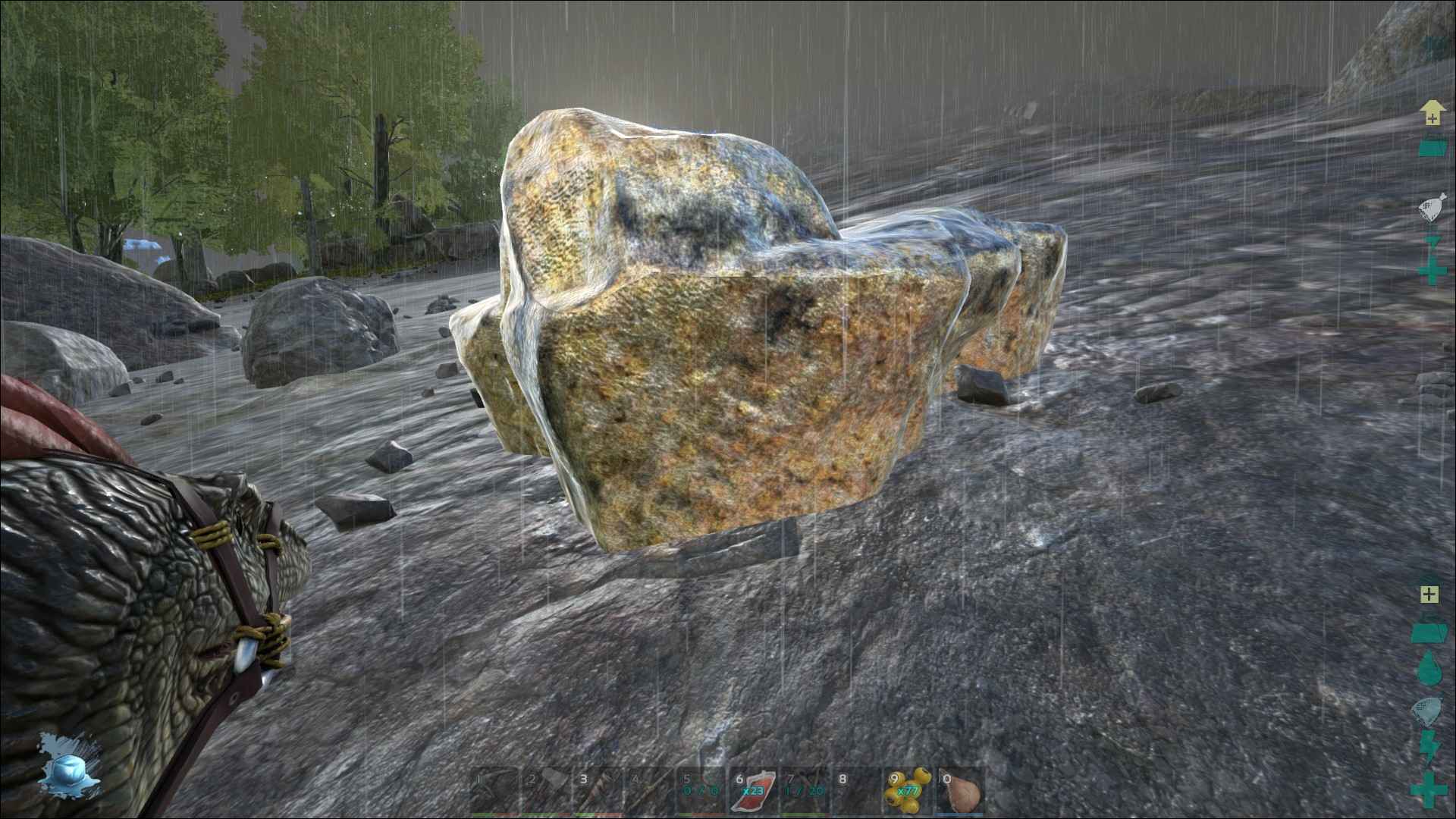
7. Obsidian
A rare resource used in advanced crafting, Obsidian is found high up in the mountains and can be dangerous to collect. Best harvested with a pick or an Ankylo dino.
8. Pelts
Another rare resource, pelts are used to create warm clothing and can be obtained by hunting certain animals in the snow biome. For example, you might get pelts from mammoths or direwolves. Best harvested with a hatchet.
9. Hides
Obtained from almost all animals in the game, hides are best gathered using a metal hatchet. Large creatures are likely to drop more hides.

10. Silk
You can harvest silk from two specific flowers on the map, which you can recognize by their purple and white color, respectively. The sickle is the best tool for the job.
11. Raw Meat:
- Raw meat is your main source of food and can be obtained from dead animals and humans. If you harvest using a pick, you’re likely to get more meat and fewer hides, whereas harvesting with a hatchet yields more hides rather than meat.
- Raw prime meat is found on dangerous, large dinosaurs such as the T-Rex, Stegosaurus, Brontosaurus, and Megalodon. Best harvested with a pick.
- Can be obtained through spear fishing, but is most efficiently harvested from fish caught with a fishing rod.
- Prime Fish- Found in small quantities in regular fish, this type of meat is usually gathered from the more exotic fish in the game.
12. Raw Salt
Best harvested with a pick, raw salt can be obtained either from bones or from large salt formations usually found in desert areas.
13. Oil
The least dangerous way to get oil is to harvest it from Trilobites, but this is only viable for small quantities. A more efficient way to harvest this resource is to venture into the ocean and look for oil geysers on the bottom. Many of them are found in fairly shallow waters and they respawn in the same place after being harvested. Alternatively, you can harvest oil above ground in snow biomes, but these are far more dangerous due to harsh weather conditions.
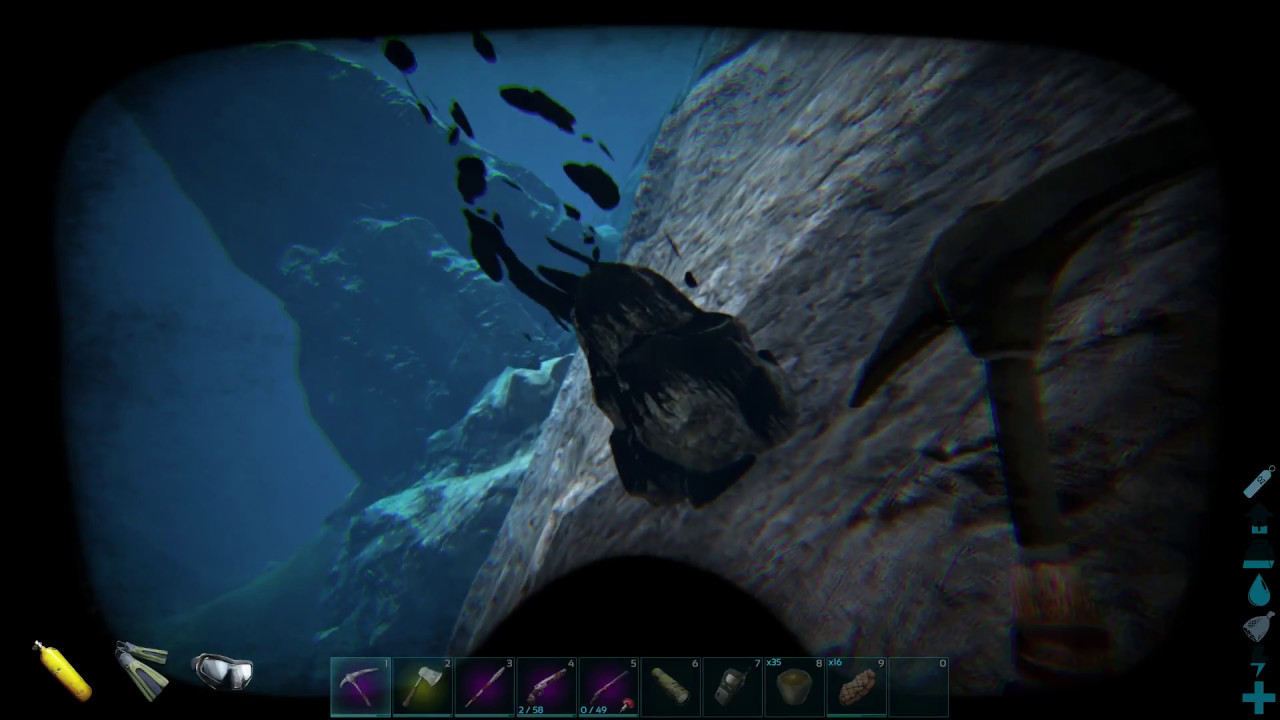
14. Chitin
A fairly common resource, chitin is best harvested from Trilobites, which are abundant in rivers and along the coast. You can also harvest chitin from Scorpions, flying insects, and some dinos.
15. Fiber
Found in almost all harvestable plants in the game, fiber is easy to obtain in large quantities. Using a sickle can speed up the process.
16. Cactus Sap
Best farmed using a chain saw, axe, or Ankylo dino, cactus sap is obtained from cutting down various types of cacti. The Scorched Earth map has several spots where these plants grow in clusters.
17. Keratin
Although you can get keratin from most dinos in small quantities, you should look for creatures with horns or large scales in order to increase your odds. Best harvested from Carbonemys, Trike, and Triceratops using a hatchet.
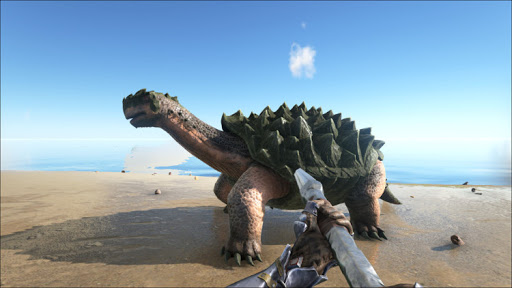
18. Sulfur
A rare resource, Sulfur is obtained by harvesting specific rocks found in the mountains. A pick is the best tool for the job, but a dino is more effective.
19. Silica Pearls
Obtained as a rare drop from Trilobites, silica pearls are found in larger quantities on the bottom of the deep ocean. Don’t go looking for them if you haven’t built up a lot of stamina and oxygen first!
20. Organic Polymer
Kairuku found in the snow biome near the Ice Bergs are the only animals that drop organic polymer. Remember that you have to use this resource within 30 minutes of harvesting it if you want to avoid it going bad.
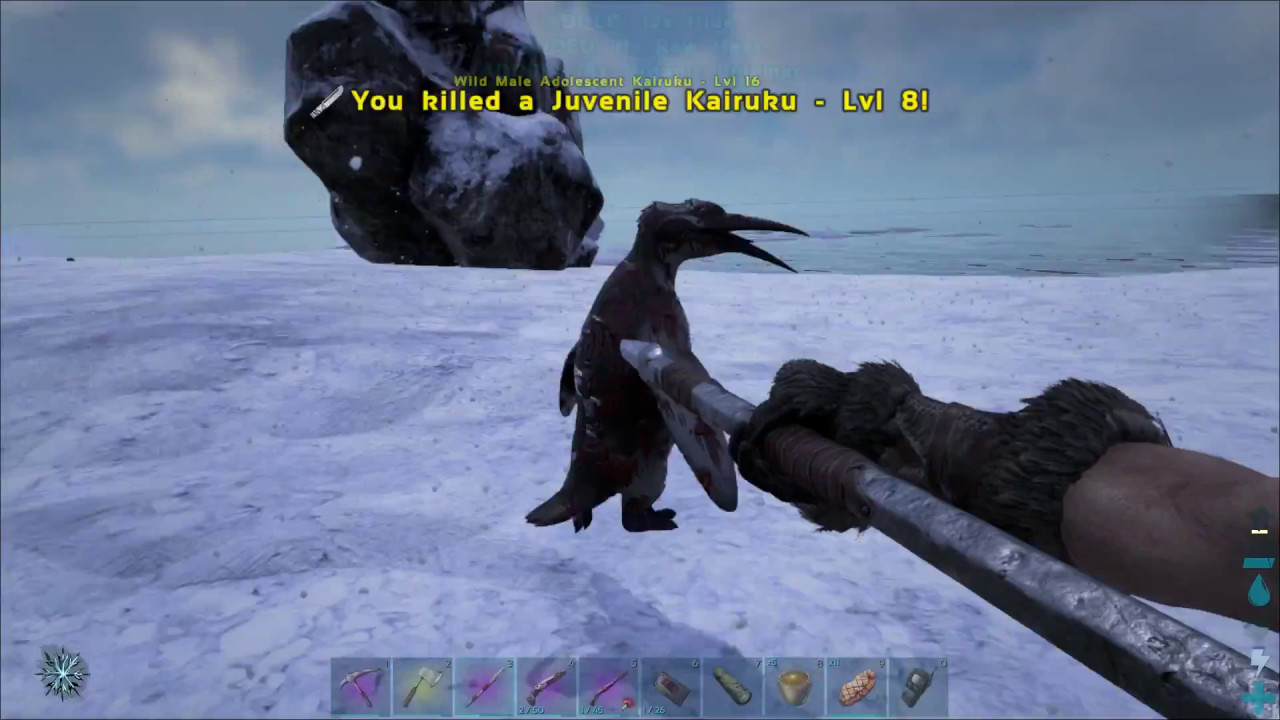
21. Leech Blood
Usually obtained from harvesting leeches found in swamp regions, leech blood is far rarer on the Scorched Earth map, where it can only be harvested from the dangerous Deathworm. This resource can also be found while fishing, but only in very small quantities.
22. Crystal
A rare resource found in the mountains or the plains in the snow biome, crystal is easier to find at night, when it glows powerfully against the darkness. Best harvested with a metal pick or an Ankylo dino.
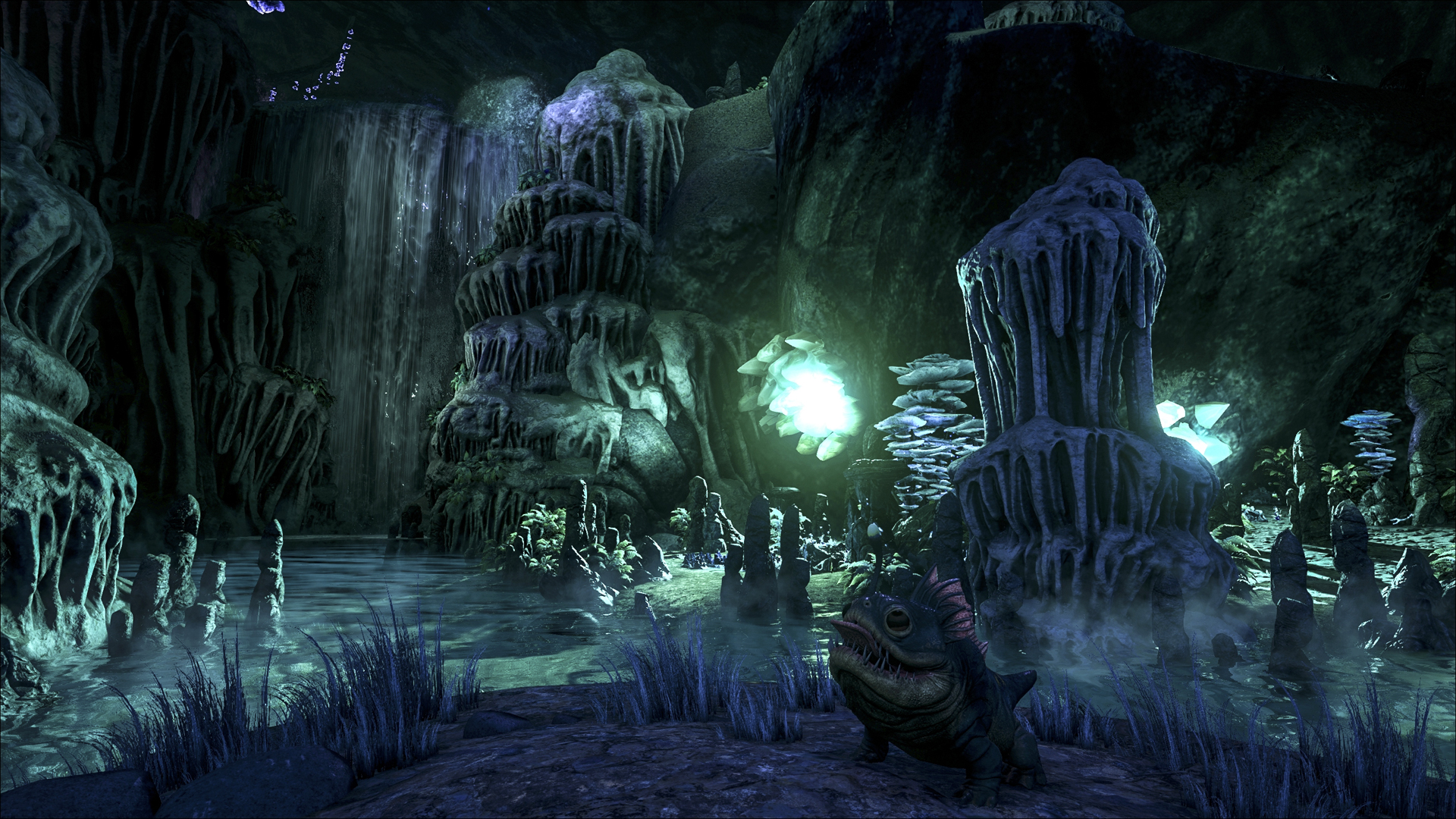
So there you have it! No matter what it is that you need in Ark: Survival Evolved, you now know where to find it and how to harvest it. Not sure what to do with a resource you found? Make sure to check out our guide to processed resources next.



